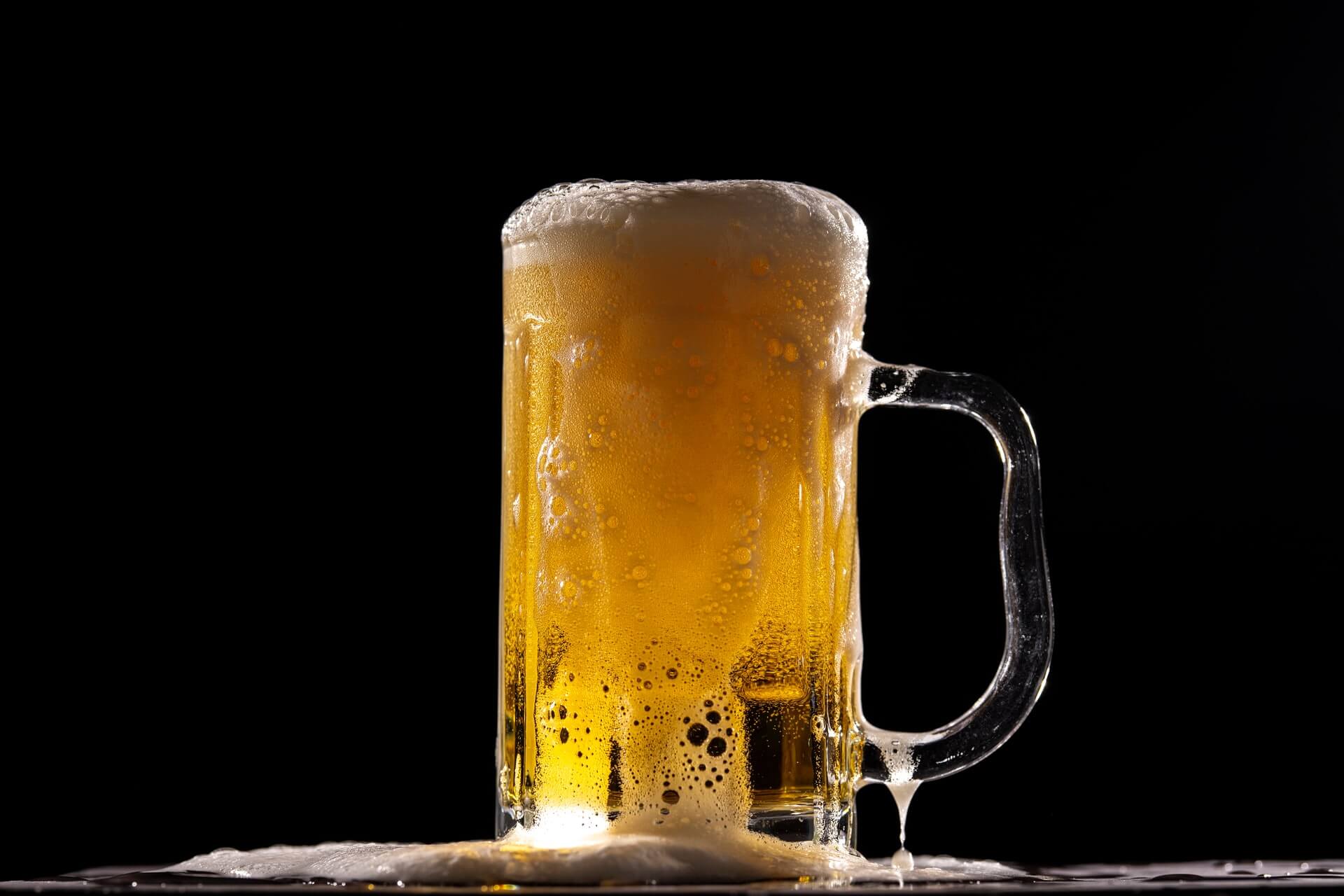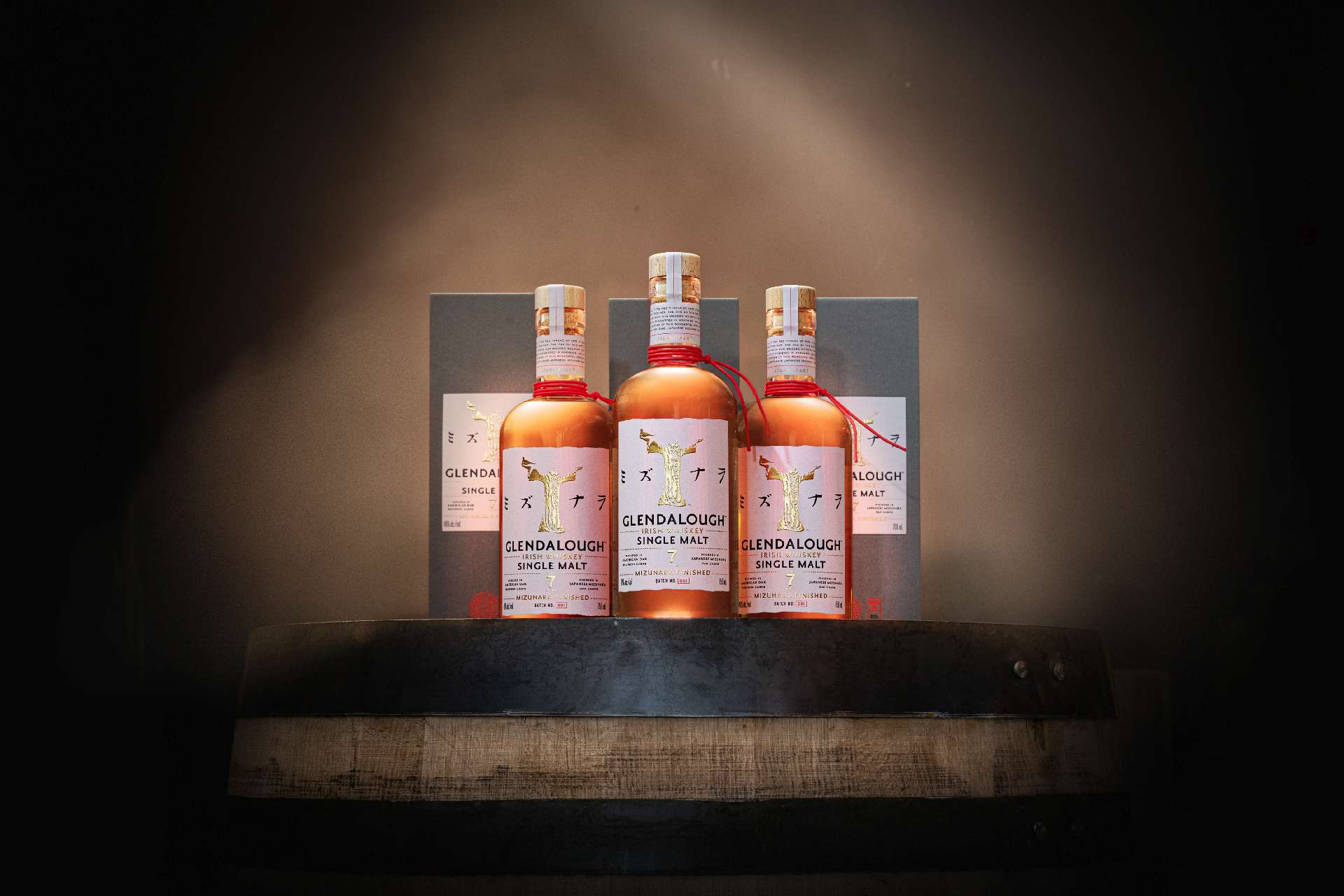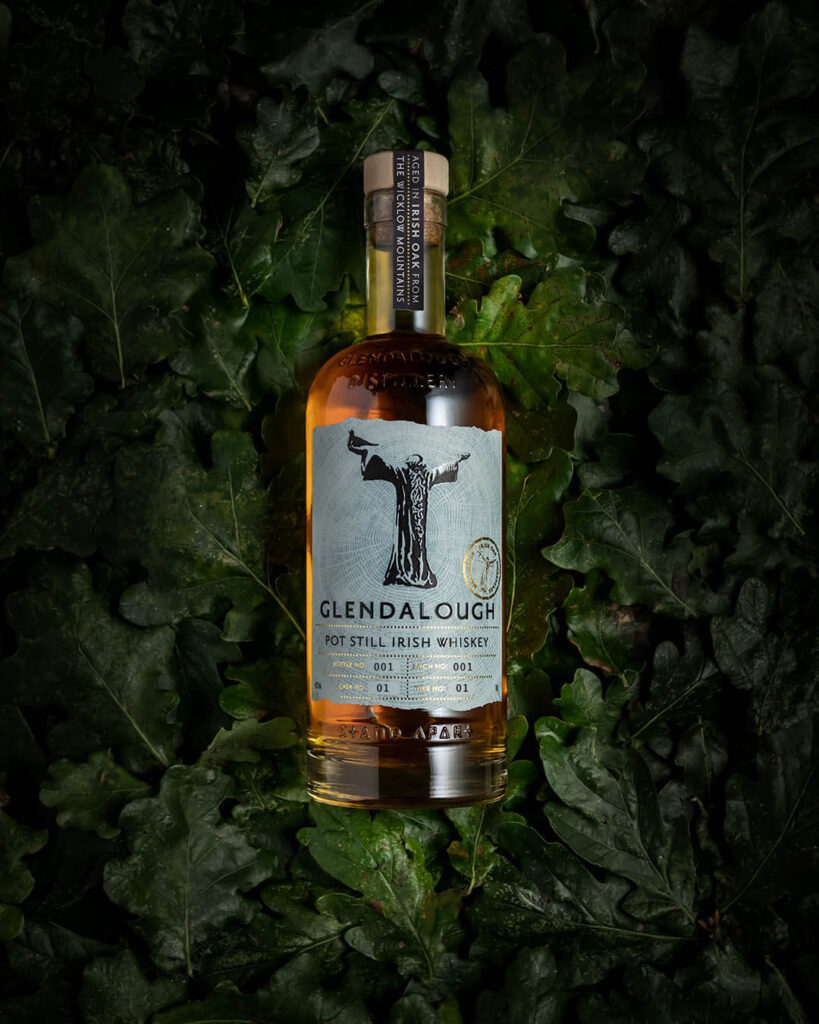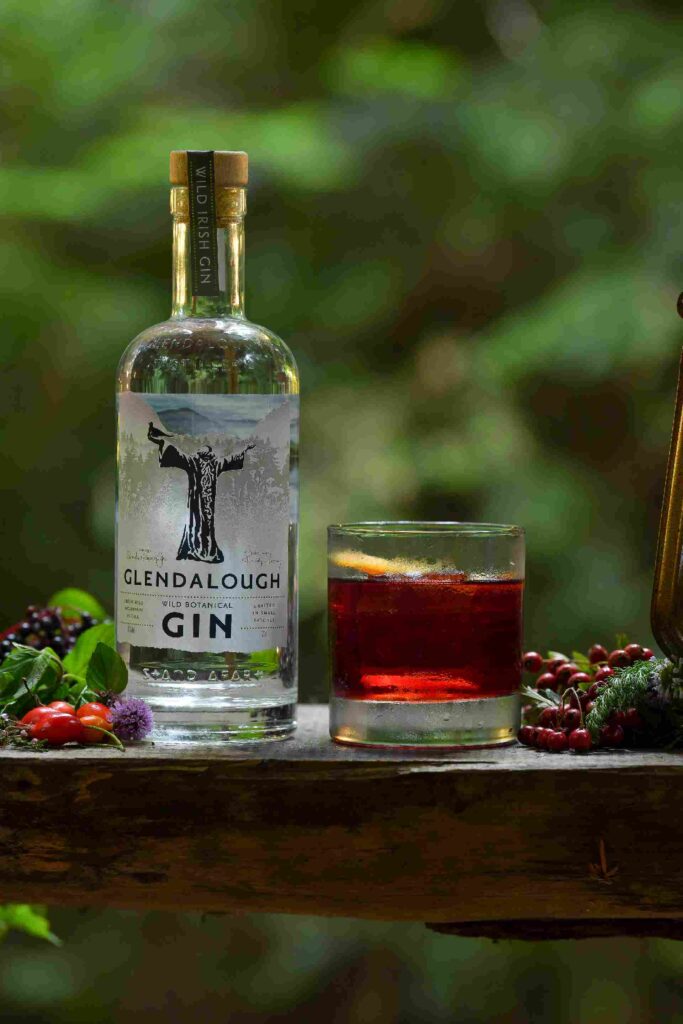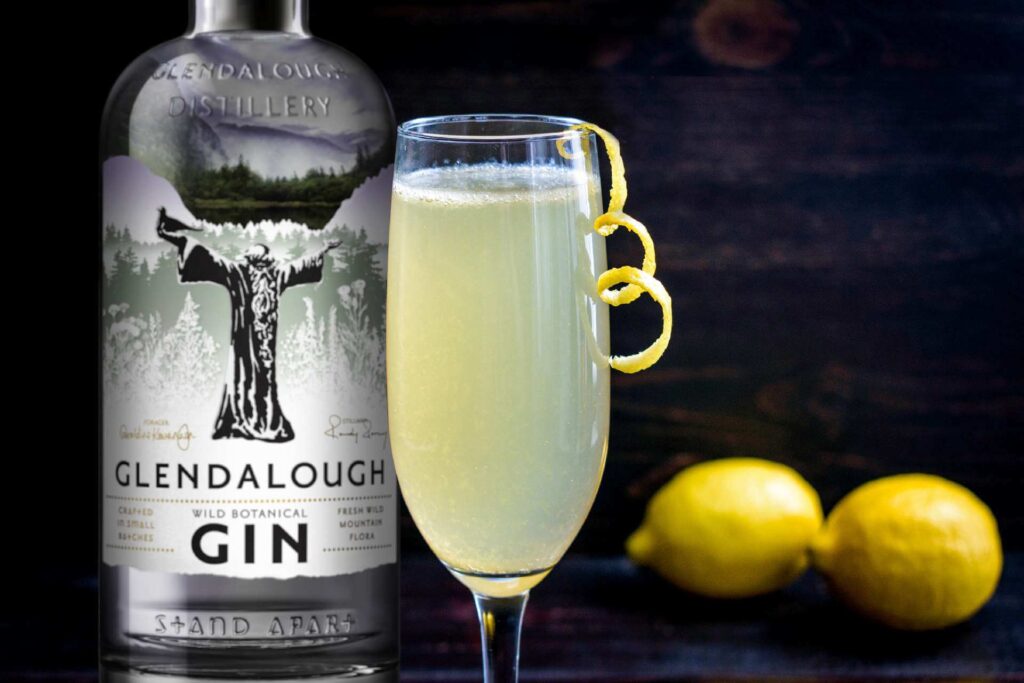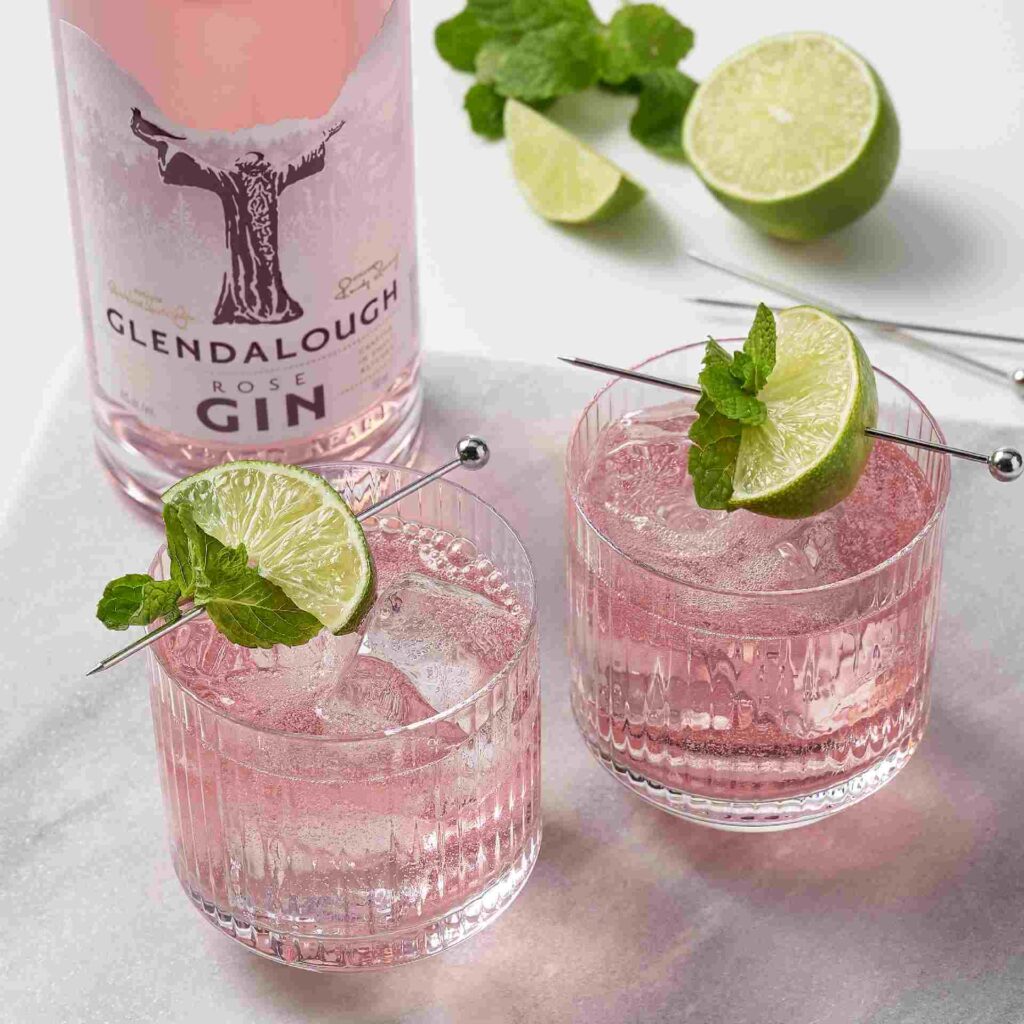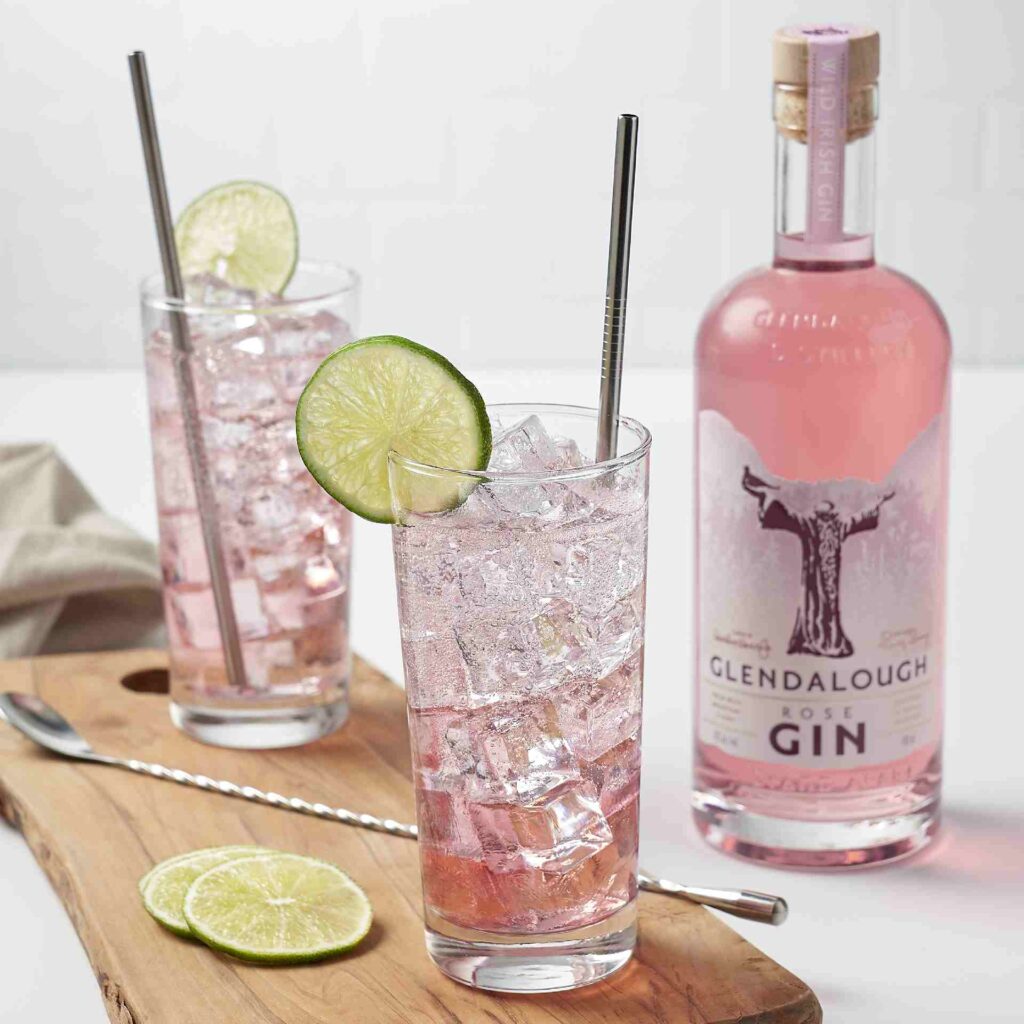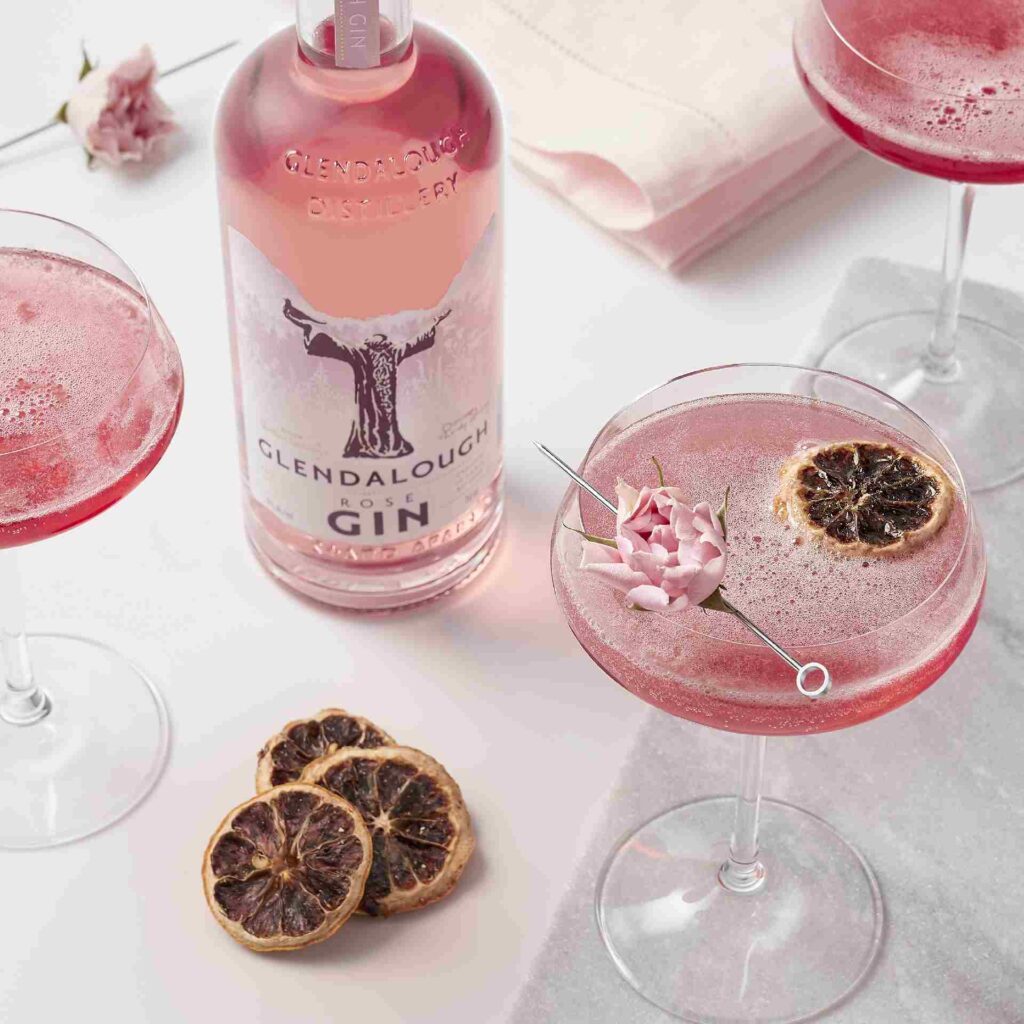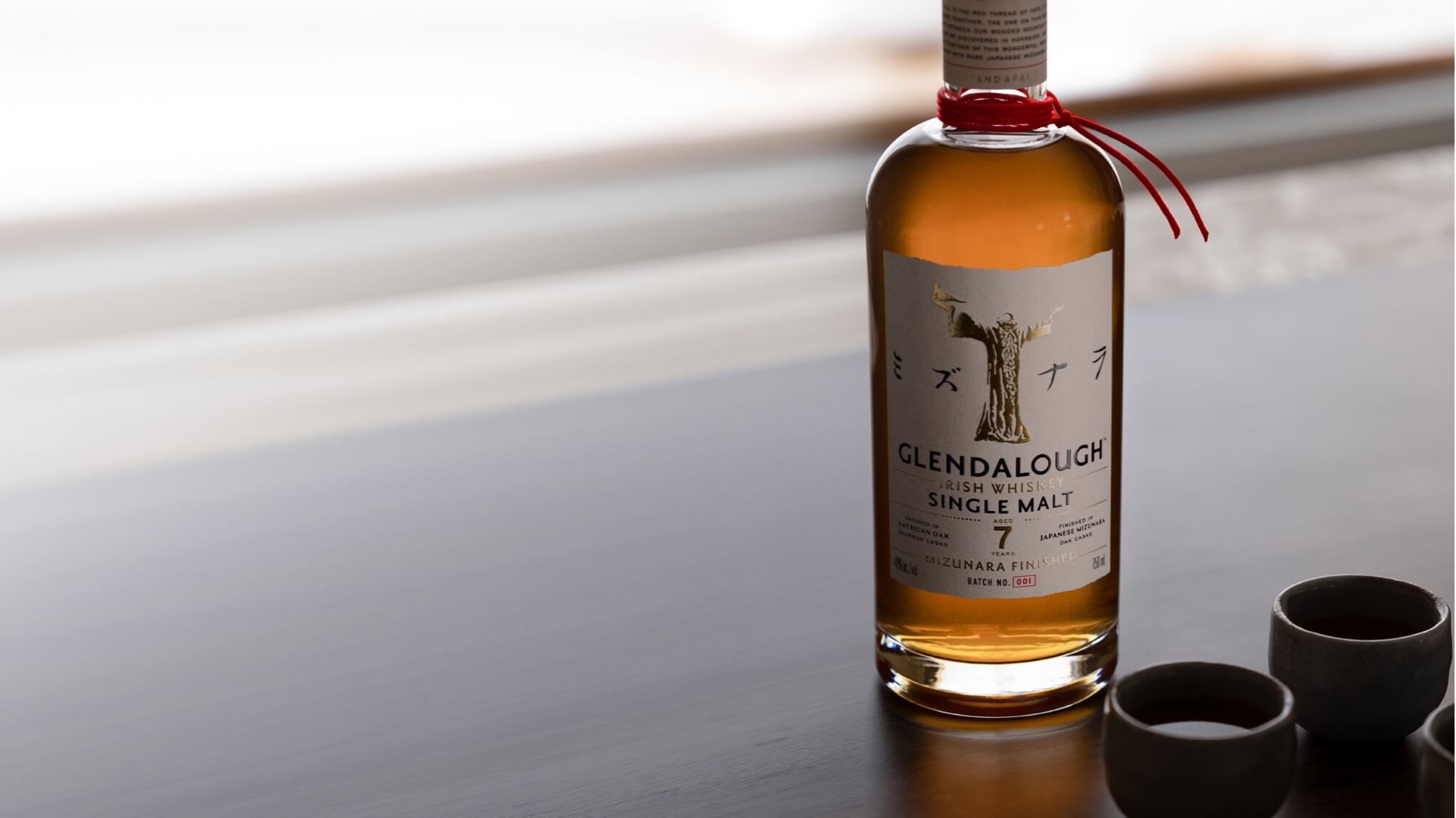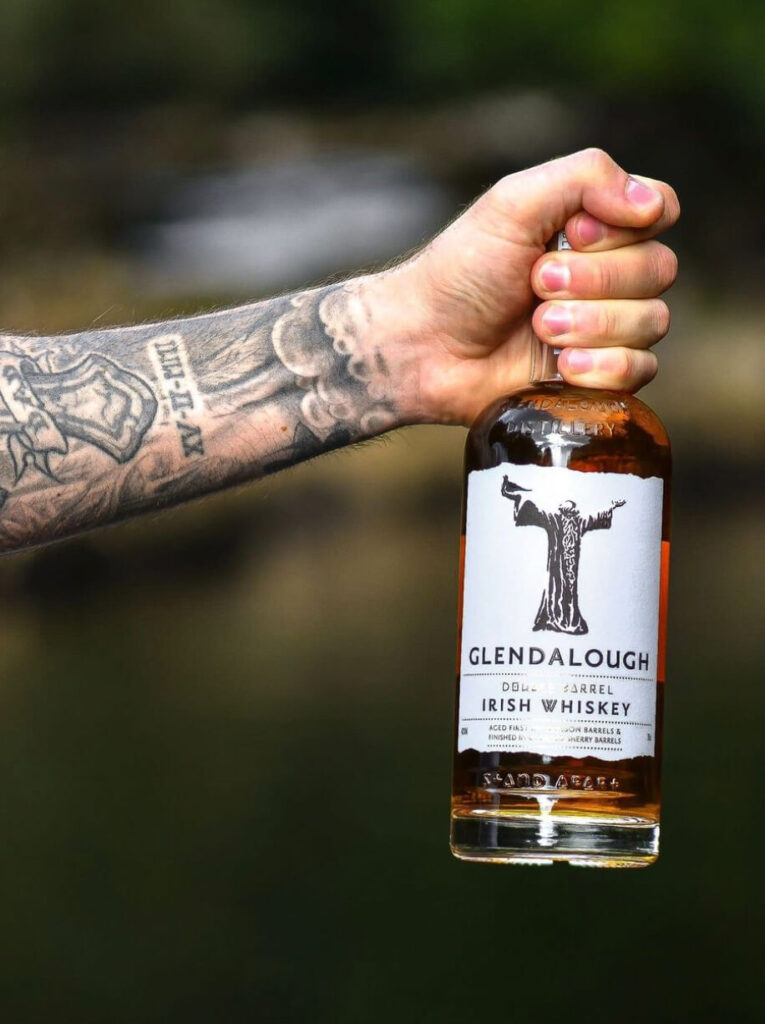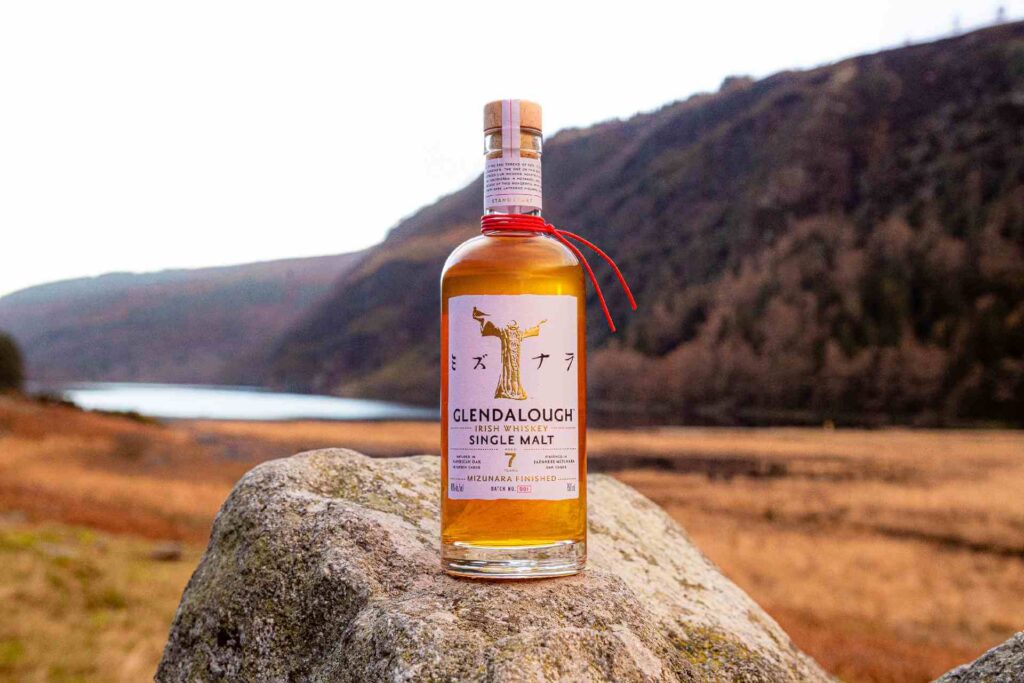This is How You Win When Leasing
by David Klemt

At this year’s Bar & Restaurant Expo, the Invictus Hospitality team tackled a crucial step of any project: The lease.
Invictus (IH), friends of KRG Hospitality, know a thing or two when it comes to leasing a space. Principal Homan Taghdiri is a tenacious negotiator.
Case in point, an Invictus project in Orlando that opened during the pandemic. The space was owned by the city, which can certainly complicate matters. Taghdiri sunk his teeth in and refused to let go—for seven months. That’s crocodile or Komodo dragon patience.
The result? Favorable terms and massive cost savings.
View this post on Instagram
Taghdiri presented “Understanding the Leasing Game & How to Get Ahead” at Bar & Restaurant Expo 2022. You know this show by its former name, Nightclub & Bar.
Knowing that when Taghdiri smells blood in the leasing water he’ll clamp down and death roll until he gets his way, I attended his session.
Before we dive in, know this: If we disagreed with the IH approach to leases, we wouldn’t share their tips. The information below would cost, as Taghdiri points out, about $2,000 coming from an attorney.
Of course, neither KRG Hospitality nor Invictus Hospitality is providing legal or financial advice in this article. I’m just passing along information, as IH was doing during their session.
Leasing Dos and Don’ts
If you take nothing else from this article and Taghdiri’s session, make it this tip: Do negotiate your lease.
“You have to negotiate your lease,” says Taghdiri. “It is a must.”
Not you should. Not you can. You must negotiate your lease. Neither of us can emphasize this enough.
In fact, it’s your right to do so. Which brings us to our first leasing don’t. Do not believe anyone who says you can’t negotiate a lease.
“Anyone who tells you that you can’t negotiate your lease is lying to you,” says Taghdiri.
And if they’re not lying, they just don’t know what they’re talking about. Either way, don’t listen to them. Walk or run away.
Also, do your due diligence. Knowing what you’re getting into before signing is on you. Taghdiri recommends you ask the following before signing anything:
- What generation is the space? Is it brand-new? It’s first generation. Did the first tenant leave? It’s second-generation, and so on.
- Is the space totally empty?
- Does it have space allocated for gas, electric, etc.?
Ideally, you’ll find a second-, third- of fourth-generation bar or restaurant space. Why? They can provide massive cost savings to you.
Do fight for the terms that are important to you. These include amount of the lease, the length of the lease, and any incentives.
However, don’t over-negotiate your lease. Do put yourself in the landlord’s position. They’ve invested significant capital developing the space and they need an ROI. Pick your most important terms and negotiate them. You risk a landlord walking away from a deal if you negotiate every single item and make things difficult.
Lease Types
So, you’ve found your perfect space. Do you know which type of lease you want? Not certain which is right for you?
No problem, because Taghdiri broke them down during his session.
- Standard. This is the easiest to explain because it doesn’t exist. A particular landlord may have “standard” lease, but their isn’t one that spans the industry.
- Full service gross is the easiest of the actual leases. Everything is negotiated and clear in the lease, and you simply pay the agreed-upon amount.
- Triple net is the opposite of the FSG lease. You pay your base rent. Then, your landlord passes on operational costs to you, which you also pay.
- Percentage Rent. Basically, this is a hybrid lease. You pay base rent plus a percentage of sales. For example, you may pay natural breakpoint on top of base rent. This type of lease can be beneficial to newer businesses. However, some landlords do not like percentage rent leases.
- Modified gross is, basically, any lease that isn’t an FSG. This is the most common lease, and it’s most easily explained as a modified FSG.
First-time operators or owners entering an unproven market will likely want to first focus on modified gross or percentage rent leases. However, FSGs are certainly attractive.
Length of Lease
Landing on a lease amount that you can live with is only part of the battle. Far too many people overlook the length of their lease, focusing too hard on the amount.
So, let’s take a look at some crucial factors you need to consider before signing anything.
- Base Term. Let’s say you’ve invested several million dollars into your project. It’s sort of hard to imagine paying that investment off in two years, isn’t it? So, a two-year lease probably isn’t ideal. Give yourself the time you most reasonably need to open your doors and make money. Again, don’t focus solely on the amount of the lease.
- Option Periods. Taghdiri explains term options thusly: “Jump into the pool safely before knowing what’s in it.” The real-world example is easy enough to understand. Agree to a three-year lease but bake one or two (or more, if you want or can) five-year renewal options into the agreement. Doing so means that you can trigger the renewal prior to the term’s conclusion. In other words, the landlord won’t be able to (easily) kick you out if you want to keep leasing the space. Just be aware that your landlord will likely also want to bake new terms into the agreement along with the renewal options.
- Early Termination Rights. When it comes to this element, Taghdiri explains that this may be limited to longer-term (ten years or more) leases. Essentially, it’s what it sounds like. You should be confident in your concept before you even get to the lease stage. However, it’s not a bad idea to have an early exit plan in mind. So, you may be able to sign up for a long-term lease but bake in an 18- or a 24-month termination clause. Just remember that if you don’t exercise this agreed-upon right within the timeframe, you’ll be responsible for the original term of the agreement.
The Million-Dollar Question
You likely have a burning question searing itself into your brain right now. It’s a common question: “How much rent should I pay?”
There are a few ways to approach a satisfactory answer. The bullshit answer is, “Whatever you can afford for the space you really want.”
That’s the first step toward blowing a budget, blowing out already razor-thin margins, and skyrocketing costs.
One way to approach the how-much question is due diligence and comparables. What are the comps in your selected area? What are people paying in the neighborhood? What’s best for your business, and is that identified in your pro forma?
That said, Taghdiri did present a general lease amount rule. Try to keep your rent at 11 percent of gross sales, or less. Ten percent is even better, obviously. Anything less than that and you’re a master negotiator.
Image: Randy Laybourne on Unsplash

